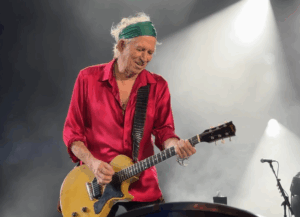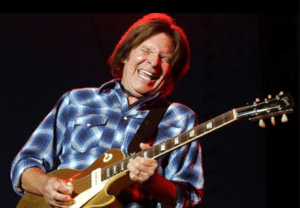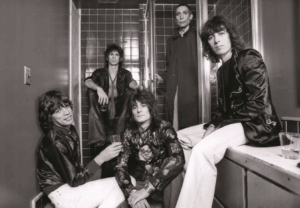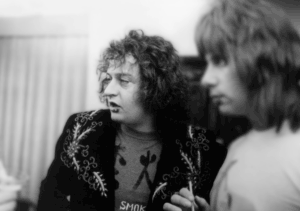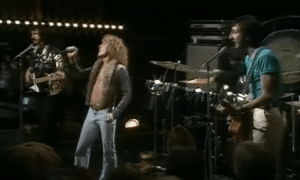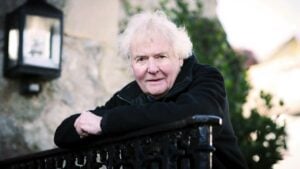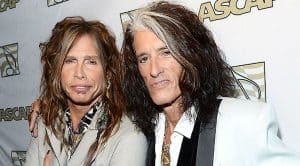The 8 Remarkable Things That The Beatles Pioneered
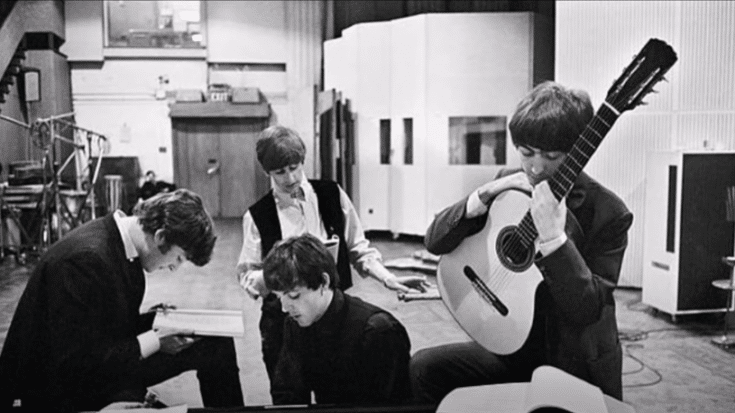
via too bal/YouTube
Legends
The Beatles are not overrated. On the contrary, they truly deserved the hype. Are their songs overplayed? Maybe. But their contribution to rock ‘n roll and music in general cannot be stated enough. To pay homage to these four brilliant musicians who changed the rock soundscape, here are eight things they pioneered:
1. They’re the first to perform a sold-out show at a massive stadium.
The Fab Four made history on August 15, 1965 at Shea Stadium in New York City in front of 55,600 fans – the largest attendance in a concert at the time.
“Now we were playing stadiums! There were all those people and just a tiny PA system – they couldn’t get a bigger one,” Ringo Starr recalled. “We always used to use the house PA. That was good enough for us, even at Shea Stadium. I never felt people came to hear our show – I felt they came to see us. From the count-in on the first number, the volume of screams drowned everything else out.”
2. They’re the first to broadcast their performance live.
“Our World” was broadcast on June 25, 1967. It was the world’s first live television satellite show. John Lennon wrote “All You Need is Love” specifically for it, and although they recorded the rhythm track and some basic vocals, they performed most of it live including the vocals, bass guitar, guitar solo, drums, and even the orchestra.
3. They brought a studio technique called “loops” to mainstream rock.
It was Paul McCartney who experimented with the tape reels.
“People tend to credit John with the backwards recordings, the loops and the weird sound effects, but the tape loops were my thing,” Macca said. “The only thing I ever used them on was ‘Tomorrow Never Knows’… I think it is a great solo.”
4. They did the guitar feedback before it was cool.
It happened accidentally in the recording studio – at least, that’s what the band claimed because apparently, it went against the strict recording policies of Parlophone. But, they actually had it even during the first take. And this happened before Jimi Hendrix made the technique more famous.
“That’s me completely. Including the electric guitar lick and the record with the first feedback anywhere,” Lennon explained. “I defy anybody to find a record – unless it’s some old blues record in 1922 – that uses feedback that way. I mean, everybody played with feedback on stage, and the Jimi Hendrix stuff was going on long before.”
“So I claim it for The Beatles,” he added. “Before Hendrix, before The Who, before anybody. The first feedback on any record.”
5. They used backmasking first.
“Rain” is popular among Beatles fans for being their greatest b-side. One of the highlights was Lennon’s backwards vocals towards the end. According to him, it resulted from a stoned accident.
“I listened to what I’d recorded that day. Somehow I got it on backwards and I sat there, transfixed, with the earphones on, with a big hash joint,” he told David Sheff. “I ran in the next day and said, ‘I know what to do with it, I know… Listen to this!’ So I made them all play it backwards. The fade is me actually singing backwards with the guitars going backwards.”
6. They made the first music video.
Even before MTV launched, the Beatles were already ahead of everyone else. They filmed the first music videos for promotional purposes, and they were all made out of necessity. They had become so popular that playing in front of crowds was becoming more and more challenging. (Alprazolam)
“They thought it’d be a good idea if they made their own videos,” director Michael Lindsay-Hogg said. “Then they wouldn’t have to appear themselves. They could just ship them all over the world.”
7. They’re the first to incorporate Indian instrumentation into Western pop music.
“Norwegian Wood” was a landmark record because it was the first to feature the sitar. At the time, George Harrison fell in love with Indian music, so he bought a sitar at a shop in Oxford Street.
“We would usually start looking through the cupboard to see if we could come up with something, a new sound, and I picked the sitar up – it was just lying around,” he said. “I hadn’t really figured out what to do with it. It was quite spontaneous: I found the notes that played the lick. It fitted and it worked.”
8. They pioneered the use of artificial double tracking.
It was developed by Ken Townsend, a recording engineer at EMI’s Abbey Road Studios. It was at the request of Lennon who got tired of double tracking during the recording sessions.













